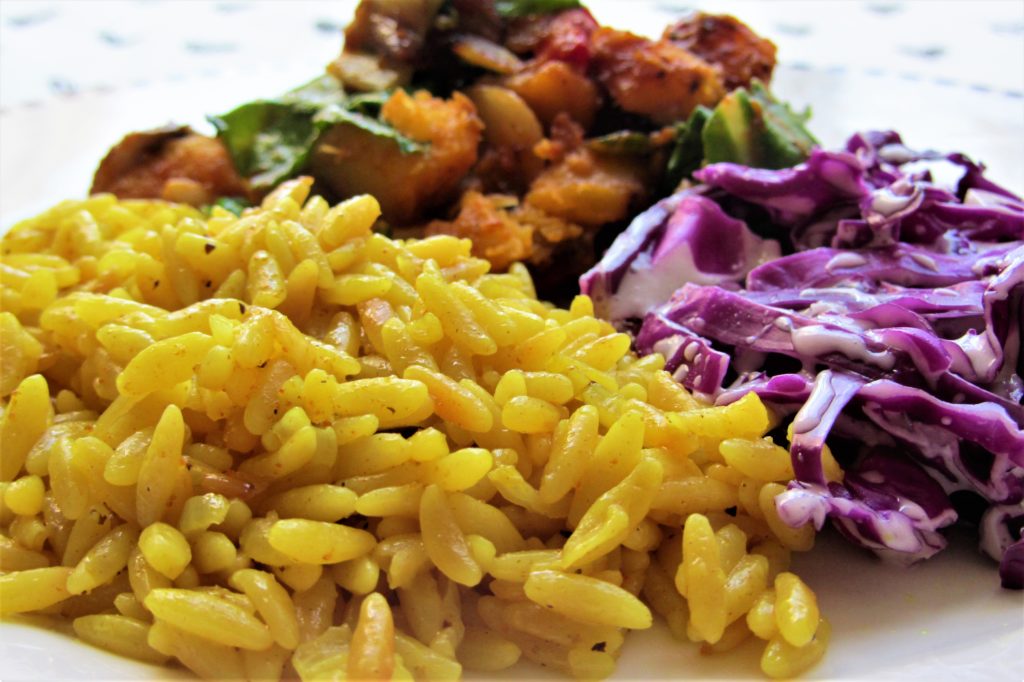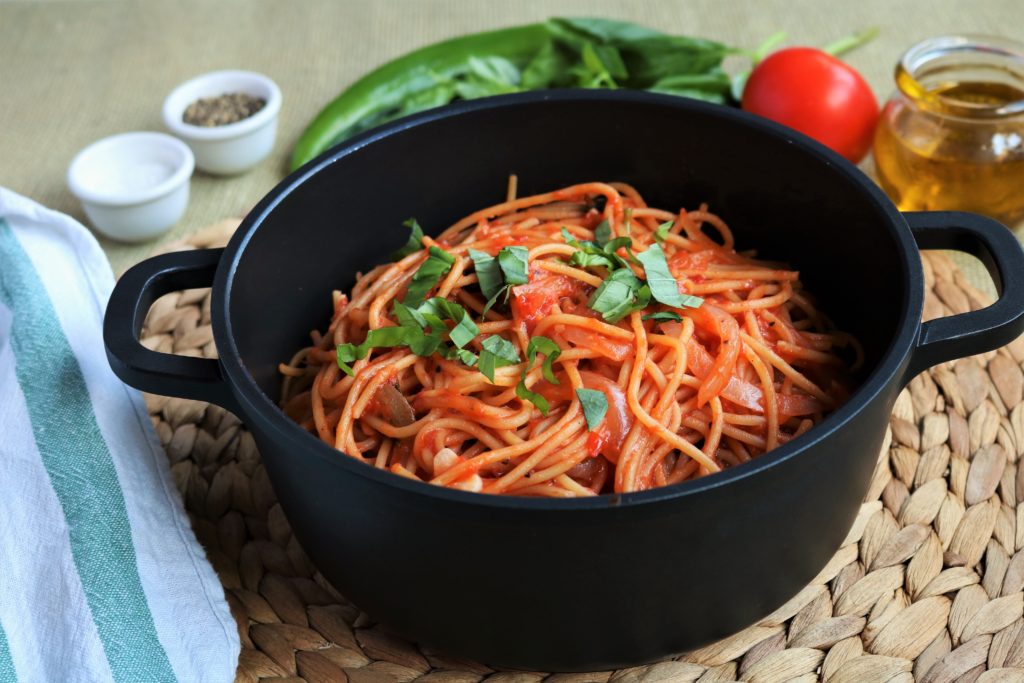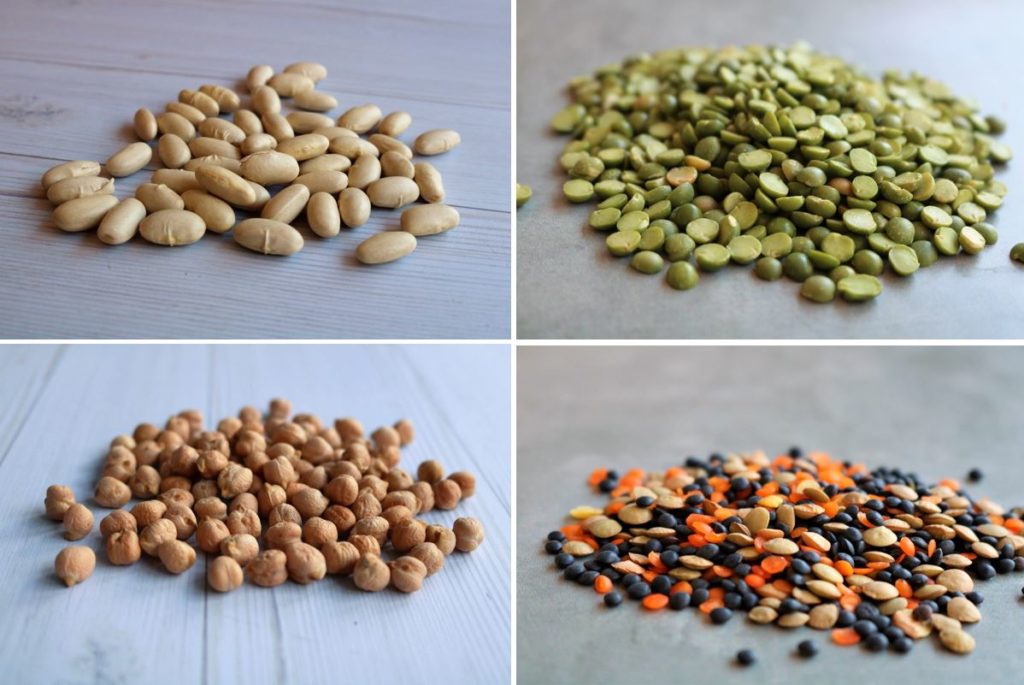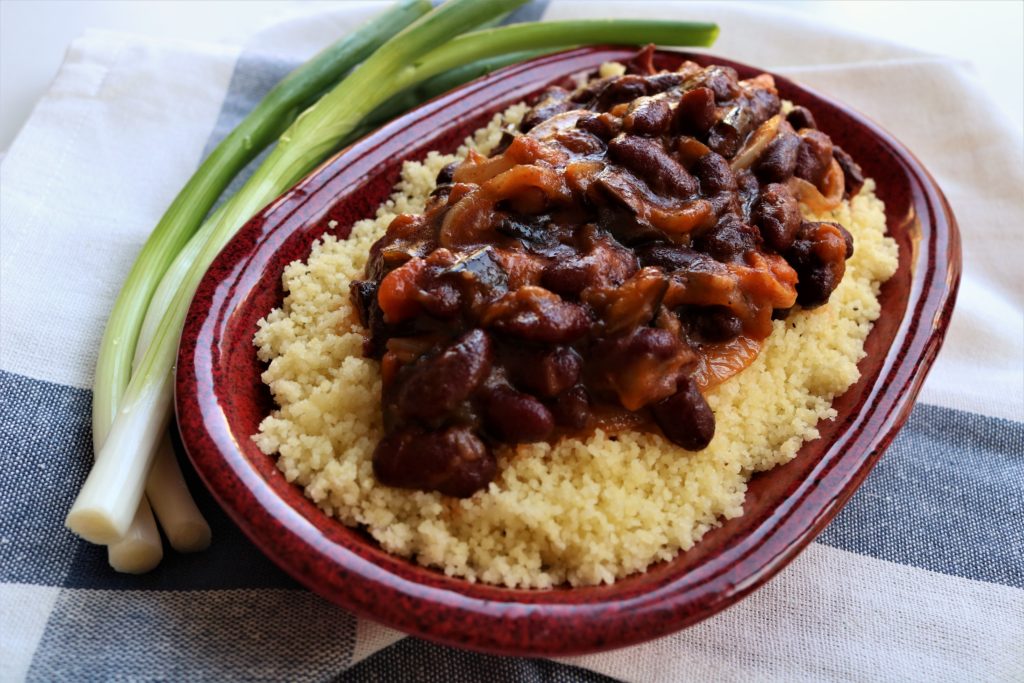Whichever reason prompted you to go on the vegan path, it all started with one person making a choice. But ‘no person is an island’ says the oh-so-true edict, and many vegans have long standing relationships with others who have not (yet) made the same choice.
This is the case with my love and I. When we became a couple she was already a vegan. I respect her choice, and as the home-cook I find it yet another facet of life in which I can express my love to her. Whether it’s a couple in a relationship, or a member of a family, being in an inter-dietary relationship poses challenges to maintaining a sustainable vegan lifestyle.
Easier said than done
As much as the principle issue of leading a vegan lifestyle is in itself important, it takes a back seat to the more mundane issue of the day-to-day effort of maintaining a vegan kitchen that can support the choices of one, or more, of the members in an inter-dietary household.
It’s on this daily long-term effort that I would like to share with you the three most important survival tactics we came up with, which we employ and deem essential for every vegan in this predicament.
Survival tactic #1: Clearly state what you want for breakfast-lunch-dinner-snack
If you are the household vegan but not the primary household cook, make sure he or she knows what it is you would like to eat. As our primary kitchen dweller, I find it to be of great help when my love notifies me what she would like to eat, as I go towards the kitchen to prepare our upcoming meal. You can even do one better by accompanying your statement with a link to a recipe.
Cooking our daily meals is enough work without adding to it the extra challenge of making the choice for my vegan. Knowing her choice in advance usually makes my life easier, and is definitely more satisfying as I know she is going to get her wish.
This tactic cuts both ways. If you are the vegan home-cook, tell the non-vegans what it is you are planning for the next meal. If they’re OK with that – good (see survival tactic #3 :-). If they want something else, they’ll have to tell you what it is, so you can see how to combine it with whatever you are making for yourself.
Some dished can easily go both ways, cook-wise. Like for example pasta in red sauce: Make a delicious red sauce, and as it starts to boil away, transfer some of it to a separate pot and you or someone else can add meatballs.
Survival tactic #2: Take charge of your section of the shopping list
Preparing a meal plan, maintaining a suitable stocked pantry and actually making the food, is work enough for any household cook, vegan or not. Making sure your vegan requirements are met, as far as having an adequately stocked pantry for the meals you’ll have until the next shopping run, is on you. There is little point in employing survival tactic #1 if you don’t make sure, or even know, that what you want to eat for the next meal is doable with the ingredients available at home.
And again this tactic cuts both ways. If you are the vegan home-cook have the non-vegan take charge of adding their part to the shopping list.
Survival tactic #3: Play the long game
After almost two years of cohabitation, and cooking vegan on a daily basis, I found that my OWN diet became primarily vegan. This gradual process crept up on me, and was not a result of any decision or choice I knowingly made (or was asked to make).
Since I always strive to prepare tasty food, I soon realized I was quite satisfied with eating the vegan food I cook for my love. These days I seldom prepare non-vegan food for myself at home.
To make a long story short, using the first two survival tactics, and making sure there is always delicious vegan food on your table, is as effective as any other voluble way of coaxing non-vegans to reduce the consumption of animal products, and even make THE choice.









